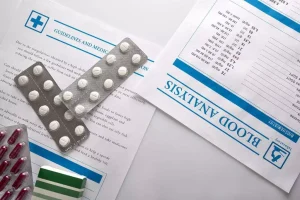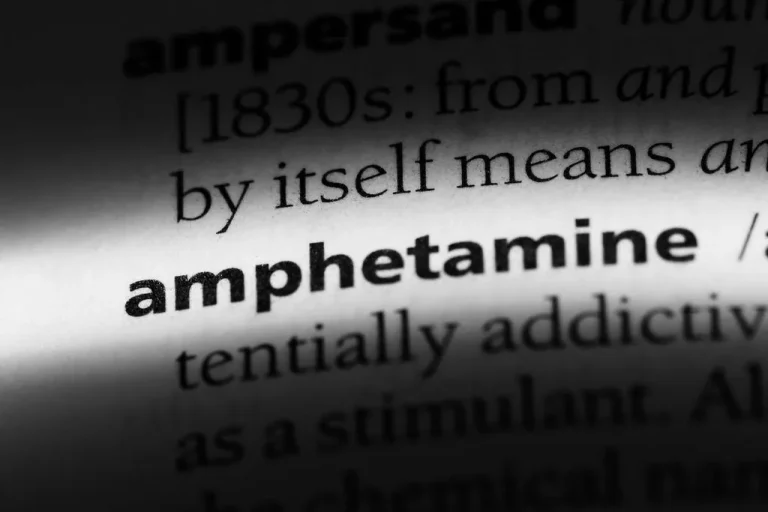Heartache in a Bottle: Understanding Alcoholic Cardiomyopathy

Efforts to control alcohol addiction have just 50%–60% positive results in specific cessation programs 8,9. Some studies have alcoholic cardiomyopathy suggested that even moderation of alcohol consumption similar outcomes as compared to abstinence. Other parts of the body that heavy drinking can affect include the liver, kidneys, pancreas, and immune system. From the data provided in the available ACM studies, it appears that patients who received an ACEI globally showed improved prognosis.
Health Conditions
- Both the absence of a direct correlation and the theory of the existence of a threshold dose (above which some alcoholics develop ACM) require the presence of individual susceptibility to alcohol induced cardiac damage63.
- Complicating the issue are studies that have identified nucleotide polymorphisms of angiotensin converting enzyme (ACE) that directly altered plasma levels of Ang II 108,109.
- The treatment of episodes of heart failure in ACM does not differ from that performed in idiopathic-dilated CMP 52,54.
- Significant variations in the response to chronic alcohol consumption may be related to unique genotypes that modify the metabolic response to ethanol.
- Furthermore, alcohol consumption has also been classified in the literature by ranges of consumption as mild, moderate, and heavy drinking.11 In this regard, these categories have the following consumption thresholds that also differ according to sex.
The effect of a low dose of alcohol consumption on the cardiovascular system has been also extensively evaluated with evidence of a dual effect, beneficial for coronary artery disease at low doses 44 but reversing to a damaging effect at moderate to high doses 19. Although there is beneficial potential in some patients, the coexistence of increased risk of what is Oxford House cancer, neurological brain damage, and the high risk of ethanol addiction makes it necessary to discourage this low-dose consumption in the general population 19,41,45. Specific caution should be recommended regarding children or adolescents 4 and women 46, who are more susceptible to the damaging effects of ethanol at the same doses of consumption as men.
- In part due to a decline if the production of mitochondrial proteins, but also a function of the degradation of mitochondrial DNA (mtDNA) 70,73,74.
- However, the negative associations between alcohol consumption and CV outcomes in these countries also may relate to pervasive patterns of binge drinking (Leon et al. 2009).
- Studies have shown an increase in reactive oxygen species (ROS) level in myocytes following alcohol consumption and thus causes oxidation of lipids, proteins, and DNA leading to cardiac dysfunction.
Basic studies on molecular mechanisms of myocardial damage

In various biologic systems, oxidative stress can be measured or inferred by several biologic indexes. The acute effects of alcohol on the myocardium include a weakening of the heart’s ability to contract (negative inotropic effect). Data from isolated papillary and heart muscle cell (myocyte) experiments demonstrate that acute physiologic intoxicating doses of alcohol (80 mg% to 250 mg%) can have a negative inotropic effect (Danziger et al. 1991; Guarnieri and Lakatta 1990). These effects also may involve an irregular and often very fast heart rate (arrhythmia) during which the heart’s upper chambers (atria) contract chaotically out of coordination with its lower chambers (ventricles), known as atrial fibrillation, or (rarely) sudden cardiac death.
4. The dose-Related Effect of Ethanol and Beverage Types on the Heart

In a subsequent study using electron microscopy, the authors found histological features that could be superimposed onto those found in hearts that had suffered hypoxia, anoxia or ischemia43. Analogous to the sarcoplasmic reticulum, the mitochondria were swollen or oedema was present, with crest alterations and intra-mitochondrial inclusions suggesting degenerative processes (Figure 2). Moreover, myofibrils showed a progressively distorted structure, resulting in a homogeneous mass. In fact, the particular effects that ethanol produces in a specific organ depend on several factors 18,19. One is the physical characteristics of ethanol itself, with a low molecular size, high distribution capacity, and high tissue reactivity. In addition, there is a relevant role on each organ, particularly on defense and adaptive mechanisms, with a clear induction of anti-oxidant, metabolic, and anti-inflammatory protective responses as a result of ethanol aggression 18,25,26.
Pharmacological treatment for alcohol use disorder
Because heart failure patients usually are older (over age 65) and often are prescribed numerous medications, both the effects of age and of medication use should be carefully considered by patients, clinicians, and researchers. Several studies and meta-analyses have been conducted to determine the relationship between alcohol consumption and the risk of developing heart failure in healthy subjects, as well as in those with a history of MI or CHD. Studies also have examined the “safety” of alcoholic beverage consumption in subjects with heart failure. Several reports indicate that alcohol first exerts a seemingly positive effect, followed by a more negative impact (i.e., it is biphasic) on the endothelial–nitric oxide–generating system.

There is also an established link between the development of ACM and apoptosis because of myocardial cell death, which contributes to heart pathology and dysfunction. They found that there is about 14% loss of myocardial cells in the left ventricle of those rats. All previous mechanisms can induce myocyte apoptosis through the induction of mitochondrial damage and oxidative stress 12. The treatment of episodes of heart failure in ACM does not differ from that performed in idiopathic-dilated CMP 52,54. A decrease in cardiac preload with diuretics and postload with angiotensin-converting-enzyme inhibitors or beta blockage agents allows for an improvement in signs of acute heart failure 19,131.
Among these is the activation of mitogen-activated protein kinases (MAPK) signaling cascades. There also is desensitization of the mitochondrial permeability transition pore, which can mitigate ischemia–reperfusion injury (Walker et al. 2013). In addition, alcohol may attenuate ischemia–reperfusion injury by activating protein kinase C epsilon (PKCɛ) (Walker et al. 2013).
What is the long-term outlook for someone with alcoholic cardiomyopathy?
- According to the United Kingdom’s British Heart Foundation, an individual with a heart condition that causes arrhythmias may be more likely to experience one if they drink alcohol.
- Although some studies have detailed structural and functional damage in proportion to the amount of alcohol consumed during a patient’s lifetime24, a large majority of authors have discarded this theory21-23,25.
- More recently, Lazarevic found a modest increase in end-systolic and diastolic left ventricular volumes and a subsequent thickening of the posterior wall in a cohort of alcoholics consuming at least 80 g during 5 years23; however, no differences in systolic function were observed.
- As pointed out before, the current accepted definition of ACM probably underestimates the number of women affected by the disease.
- Dilated cardiomyopathy secondary to alcohol use does not have a pre-defined exposure time.
- Eventually, the heart muscle and blood vessels may stop functioning properly due to the damage and strain.
For comparison, the mean annual beer consumption in Bavaria is nowadays estimated to be 145 l and in the rest of Germany around 100 l beer per person and year 24. This review revisits our past and deals with our current thinking on the epidemiology, pathophysiology, clinical characteristics, and treatments available for alcoholic cardiomyopathy. People who drink heavily can lower their risk of a heart attack by limiting the amount of alcohol they drink or cutting it out altogether. Following a =https://ecosoberhouse.com/ heart attack, individuals can make lifestyle changes and go on to live healthy lives. Doctors prescribe medication according to a person’s blood pressure while in the hospital.
Share this:
Category
- ! Без рубрики
- 1
- 2
- AI in Cybersecurity
- Alcohol Awareness
- Best way to quit alcohol
- bhnov
- blog
- Bookkeeping
- Budgeting Tips
- chnov
- Deaddiction center
- diabetes
- ed
- Financial Independence
- FinTech
- Forex Trading
- fr
- Healthy Life
- hello world
- How to quit alcohol
- IT Vacancies
- IT Образование
- Mindful Spending
- Money Management
- Money-Saving Strategies
- New Post
- nl
- pbnov
- Personal Finance
- potency
- punov
- rybelsus
- se
- Smart Money Choices
- Sober living
- Sober Savings
- Software development
- test content
- Wealth Building
- Форекс Обучение